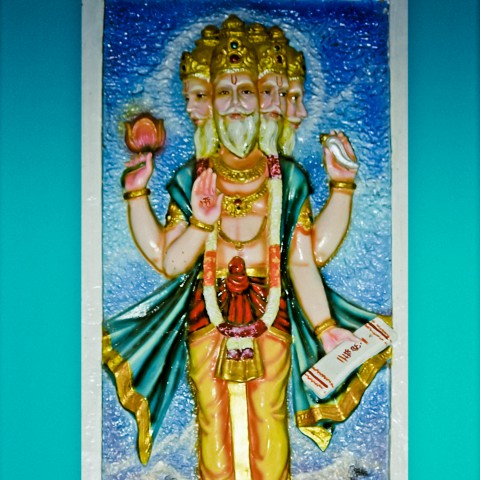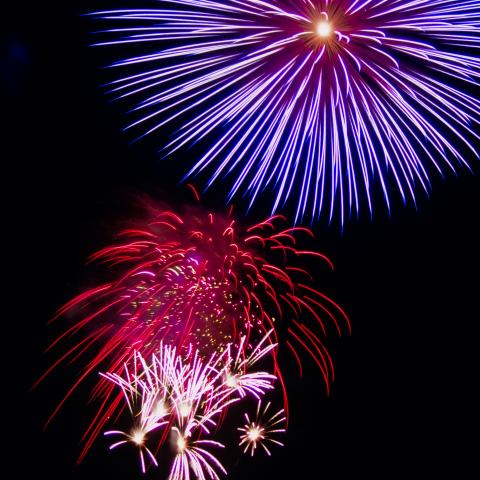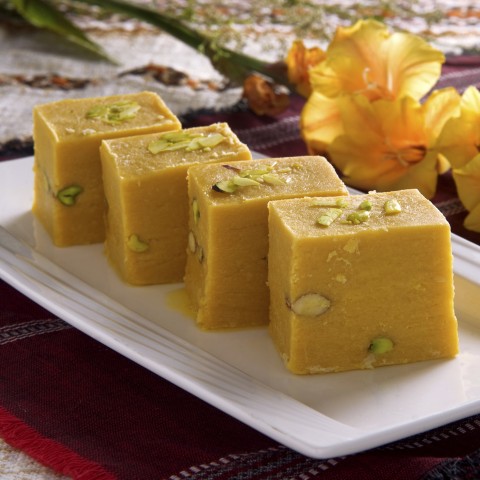Every year a massive festival is celebrated in the middle of summer, or in Hindi Grishm Ritu in eastern India, where the Lord Jagannath is taken on a chariot ride to Dwarka and more pilgrimage sites. In this lesson, we’re talking about the special festival of the Chariot Ride, celebrated for nine days during the Hindu month of Aashad, and the significance of Lord Jagannath Rath Yatra.
Since the Jagannath Festival is one of the most celebrated in India, learning about it will allow you to better understand Hindu culture and religion as a whole. And as any successful language-learner can tell you, this is a vital step in mastering any language!
At HindiPod101.com, we hope to make this learning journey both fun and informative, as you delve into the Lord Jagannath Rath Yatra Puri.
1. What is the Chariot Festival of Lord Jagannath?
The Chariot Festival involves a journey comprised of three chariots carrying the statues of Lord Jagannath, Subhadra, and Balram, respectively. Lord Jagannath is a human incarnation of Lord Vishnu.
In his life story, when he killed the evil king Kansa and rid the people of his tyranny, the entire city came out to greet Lord Vishnu as he paraded victoriously through town.
This event is commemorated every year with his idol, in Hindi called a Moorti. Each year, three new chariots are made and decorated out of sandalwood for the occasion.
2. When is the Lord Jagannath Rath Yatra?
The date of the Chariot Festival of Lord Jagannath varies each year on the Gregorian calendar, but always takes place in June or July. For your convenience, here’s a list of this holiday’s date for the next ten years.
- 2019: July 4
- 2020: June 23
- 2021: July 11
- 2022: June 30
- 2023: June 19
- 2024: July 7
- 2025: June 26
- 2026: July 16
- 2027: July 5
- 2028: June 24
3. How is the Chariot Festival Celebrated?
1- The Chariots & The Char Dham
The biggest celebrations are held in Odisha, where this is considered a huge occasion. In the city of Puri, three chariots leave the Jagannath Temple each year, and devotees pull them to the Gundicha Temple two miles away. The chariots are as follows:
- The first chariot of Lord Balram is called Taldhwaj, and is decorated in red and blue drapes.
- The second chariot of Subhadra is called Dwarpdalan and is decorated in red and black fabric.
- The third one, of Lord Jagannath, is forty-four feet high, stands on sixteen wheels, and is called Nandi Ghosha.
After nine days, the chariots are taken back to the Jagannath Temple via the Mausi Ma Temple. At the Mausi Ma Temple, people eat special Poda Pitha sweets. People play conch shells, temple bells, and the flute along the Yatra, and millions of devotees throng the route to view the idols, yelling Jai Jagannath! meaning “Praising Lord Jagannath!” This tradition was started by King Indradyumna of the Kaling Kingdom, who commissioned construction for the three idols and Lord Jagannath’s temple.
Do you know what the four sites of the Char Dham pilgrimage are? They are as follows:
- Badrinath
- Dwarka
- Puri
- Rameswaram
2- Lord Jagannath Rath Yatra Story
The arms of the three idols are noticeably incomplete, yet an old legend related to King Indradyumna and his sculptor explains why this is so.
Through divine guidance, the King was guided to employ a certain sculptor. However, the sculptor’s only condition for creating the idols was that no one should come to him, or even knock on his door for twenty-one days. The King agreed, but after hearing no noise coming from the room after fourteen days, the King grew restless and opened the door. Inside, he found the three uncompleted idols, but the sculptor was gone. Taking this as the gods’ will, the King installed the idols in their incomplete form.
4. The Puri Jagannath Temple
What is the Puri Jagannath temple, the starting point of the Chariot Festival, famous for?
Lord Vishnu is a major deity in Hinduism. There are four temples in India in the four directions dedicated to four major deities. The Lord Jagannath temple at Puri is the eastern temple of Lord Vishnu. This is the only temple where Lord Jagannath shares space with Balram and Subhadra.
5. Useful Vocabulary for the Chariot Festival
Here’s some vocabulary you should know for the Chariot Festival of Lord Jagannath!
- पर्यटक (paryatak) — tourist
- मंदिर (maNDir) — temple
- घोड़ा (ghoDaa) — horse
- रथ यात्रा (rath yaatraa) — Festival of Lord Jagannath
- सड़क पर जुलूस निकालना (sadak par juloos nikaalna) — street procession
- पवित्र स्नान (paviTra snaan) — holy bath
- देव (Dev) — deity
- रथ (rath) — chariot
- लकड़ी (iakdi) — wood
- चार धाम (Char Dham) — Char Dham
- पुरी (Puri) — Puri
- बद्रीनाथ (Badrinath) — Badrinath
- द्वारका (Dwarka) — Dwarka, India
- चंदन की लकड़ी (chandan ki lakdi) — sandalwood
- भगवान ब्रह्मा (Bhagwan Brahma) — Lord Brahma (Lord Brahma sometimes referred to as Vishnu’s “creative aspect”)
- संसार (sansar) — world
- त्यौहार (tyohar) — festival
- ब्रह्माण्ड (brhamaand) — universe
- यात्रा (yatra) — journey
- मूर्ति (murti) — idol
- प्रसाद (prasad) — food offered to a deity
To hear each vocabulary word pronounced, check out our Chariot Festival of Lord Jagannath vocabulary list!
Conclusion
We hope you enjoyed learning about the Chariot Festival of Lord Jagannath with us, and that you took away something valuable from this lesson! Do you remember the answer to the question: “Lord Jagannath is a form of which Hindu god?” Let us know in the comments!
To continue learning about Hindi culture and the Hindi language, visit us at HindiPod101.com! We provide an array of fun and practical learning tools for every learner, including free Hindi vocabulary lists, more insightful blog posts like this one, and an online community where you can chat with fellow Hindi learners or ask for help. By upgrading to Premium Plus, you can also take advantage of our MyTeacher program, and learn Hindi one-on-one with your own personal teacher!
Know that your hard work in learning Hindi will pay off, and before you know it, you’ll be speaking, reading, and writing Hindi like a native!














